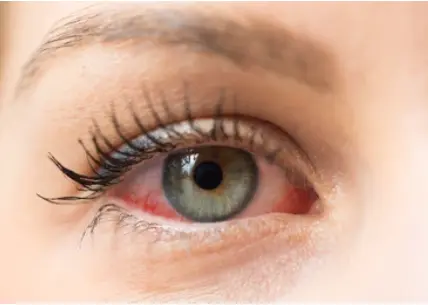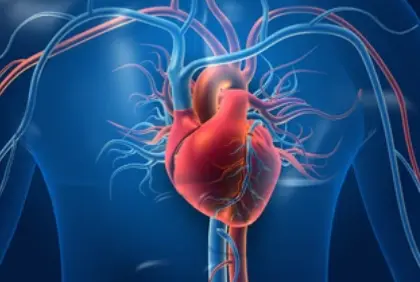 Welcome
Welcome
“May all be happy, may all be healed, may all be at peace and may no one ever suffer."
Surface Disinfection - Generics
Surface disinfection is the process of killing or reducing the number of microorganisms on surfaces to prevent the spread of infection. This process is particularly important in healthcare settings, where surfaces can become contaminated with harmful bacteria and viruses that can cause infections.
Effective surface disinfection involves several steps:
- Pre-cleaning: Before disinfecting a surface, it should be cleaned to remove any visible dirt or debris. This helps to ensure that the disinfectant can effectively reach and kill the microorganisms on the surface.
- Choosing a disinfectant: There are many different types of disinfectants available, and the choice of disinfectant will depend on the type of microorganism you are trying to kill, as well as the surface being disinfected. Common disinfectants include bleach, hydrogen peroxide, and quaternary ammonium compounds.
- Application: The disinfectant should be applied according to the manufacturer's instructions, which may involve spraying, wiping, or soaking the surface. It is important to ensure that the disinfectant is left on the surface for the recommended amount of time to ensure that all microorganisms are killed.
- Rinsing: Depending on the type of disinfectant used, it may be necessary to rinse the surface with water after disinfection to remove any residual chemicals.
It is important to note that not all disinfectants are effective against all microorganisms. It is also important to follow proper safety precautions when handling disinfectants, as they can be harmful if ingested or inhaled. In healthcare settings, it is important to follow proper infection control procedures and to use disinfectants that are approved for use in healthcare settings.

Crohns disease

Orthopedics Surgery

Head lice

Hyperlipidemia

Intractable cough

Keratitis

Paroxysmal supraventricul...

Hodgkins disease
Surface Disinfection, সারফেস ডিসইনফেকশন
To be happy, beautiful, healthy, wealthy, hale and long-lived stay with DM3S.